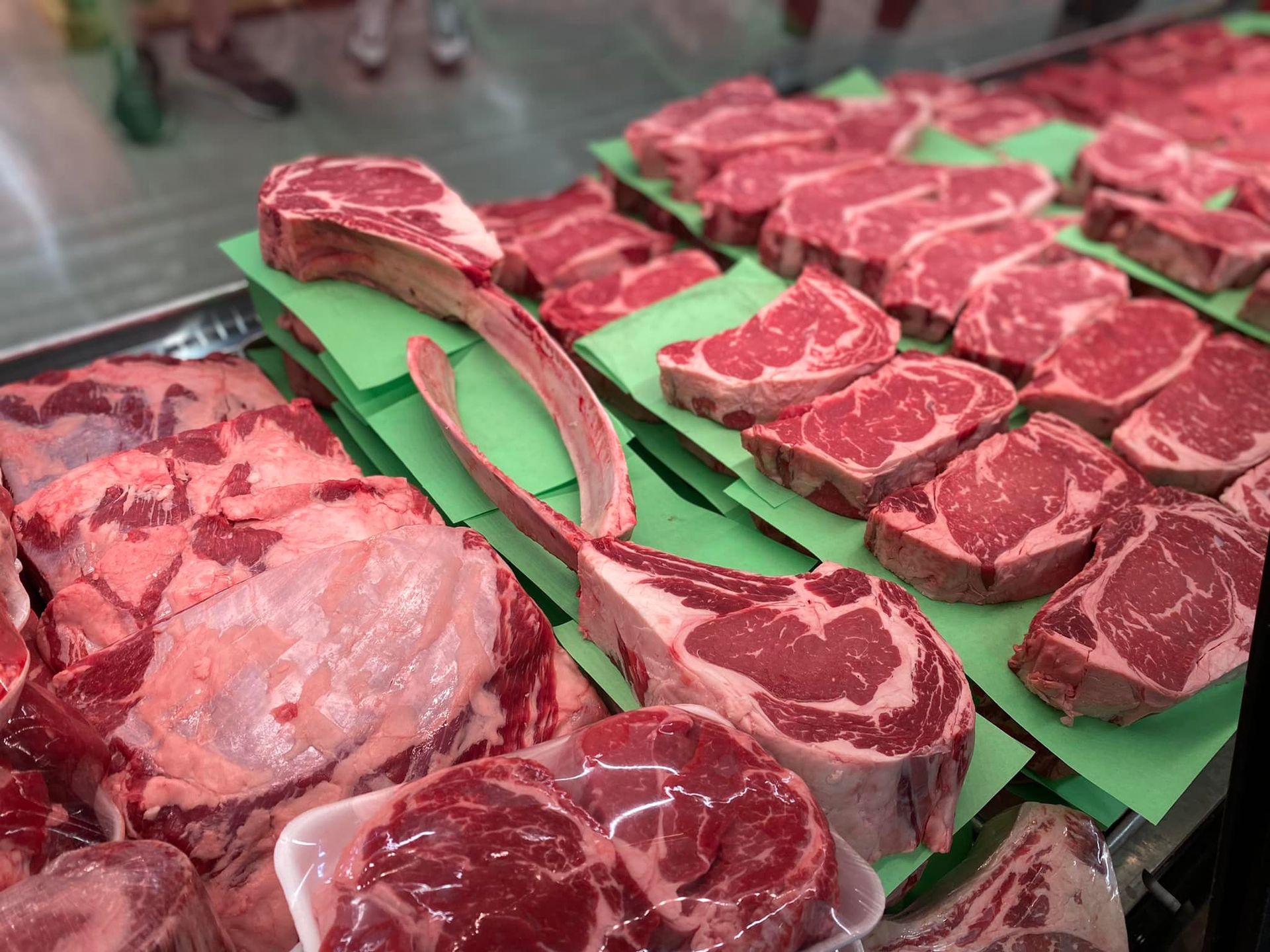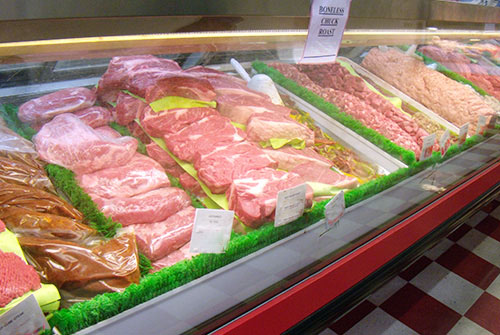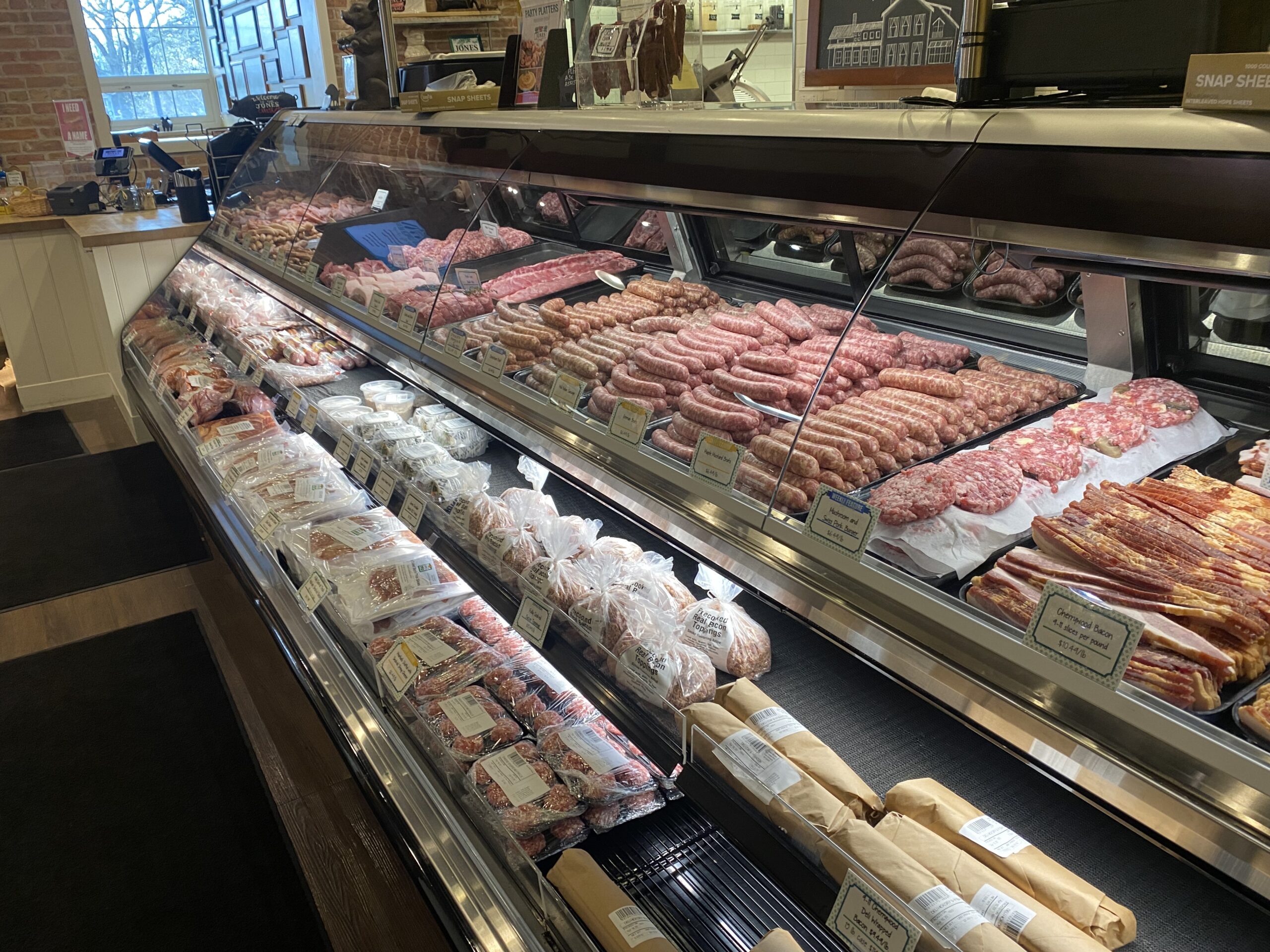See Bagley Farms Meat Market Edwardsville IL for Farm-Fresh Meat and Specialty Cuts
See Bagley Farms Meat Market Edwardsville IL for Farm-Fresh Meat and Specialty Cuts
Blog Article
Reveal the Art of the Butcher's Cut in a Modern Meat Market
In the ever-evolving landscape of contemporary meat markets, the butcher's cut has actually transcended its traditional origins, combining age-old craftsmanship with modern techniques. What absolutely establishes the modern-day butcher apart is their capacity to forge a deeper connection in between customers and the beginnings of their meat.
Evolution of Butchery Methods

The mid-20th century saw butchery techniques further fine-tuned by clinical understandings into muscle biology and meat aging, enhancing both inflammation and preference. Innovations like vacuum cleaner packaging and refrigeration extended product shelf-life, allowing butchers to diversify offerings and boost quality control. This period also noted the increase of customized equipment, such as band saws and meat slicers, which raised accuracy and efficiency in meat processing.
The 21st century has actually presented electronic modern technology right into the butchery realm. Digital systems now help in tracking pet provenance and optimizing cuts to satisfy particular client preferences. Additionally, a rebirth in artisanal butchery has arised, mixing standard skills with contemporary understanding to cater to consumers seeking honest and lasting meat alternatives. This evolution emphasizes a vibrant interaction between practice and development, meeting modern demands while preserving the craft's heritage.

Comprehending Meat Cuts

Comprehending the details of meat cuts is important for both butchers and customers looking for quality and worth. For butchers, precise cuts show skill and regard for the craft, making certain minimal waste and optimum yield.
The key categories of meat cuts include primal, sub-primal, and retail cuts. Primal cuts, such as the loin, rib, and chuck, are the large areas originally divided from the carcass. Butchers then break these down further into sub-primal cuts, prior to ultimately creating retail cuts available to consumers, like ribeye or tenderloin. Each phase calls for cautious interest to anatomical structure and muscular tissue structure.
Comprehending muscle make-up is crucial; muscles made use of extra often by the animal have a tendency to be tougher and are best suited for slow-moving cooking techniques, while less-used muscles, like those found in the loin, are a lot more tender and ideal for grilling or roasting. Experience with these distinctions empowers customers to make enlightened options, boosting their cooking ventures.
Choosing Top Quality Meat
Choosing the appropriate meat involves even more than simply picking an aesthetically attractive piece from the screen. The art of choosing high quality meat calls for a critical eye and expertise of specific features that signify freshness and excellence. Firstly, focus on the color; beef must have a brilliant, cherry-red hue, while lamb needs to show a soft pink tone, and pork a light pink. This suggests the meat is fresh and hasn't been exposed to oxygen for also lengthy.
Secondly, consider the marbling, which describes the white flecks of fat within the muscle mass. Proper marbling is a crucial sign visit homepage of tenderness and flavor, as it melts throughout cooking, enhancing the meat's juiciness. Keep in mind, greater marbling commonly associates with exceptional high quality cuts, such as USDA Prime.
Appearance is an additional vital element; meat should feel strong to the touch, not slimy or overly soft. Additionally, be conscious of the aroma. Fresh meat should have a clean, neutral odor, complimentary from any kind of sour or off-putting smells.
Combining Cuts With Food Preparation Methods
Efficiently coupling cuts of meat with the proper food preparation approaches is vital for achieving optimum taste and appearance. These methods boost the meat's natural flavors and make sure a juicy finish.
Conversely, harder cuts like brisket and chuck roast are abundant in collagen, which breaks down into jelly when prepared slowly. These cuts are suitable for braising or slow roasting, permitting the meat to soften over time and establish deep, intricate flavors. Cuts such as brief ribs and pork shoulder fare well with slow-cooking methods, where extended cooking times change their durable structures into succulent meals.
Lamb shanks and oxtail, which require long term food preparation to tenderize, are best candidates for stewing or slow simmering. These approaches coax out rich, click here now passionate flavors while keeping dampness. By understanding the one-of-a-kind characteristics of each cut, chefs and home chefs alike can elevate their culinary productions, guaranteeing each recipe is both pleasing and remarkable.
The Butcher's Duty Today
Navigating the advancing landscape of the modern meat market, the butcher's role today extends past simple prep work of cuts. Contemporary butchers are culinary craftsmens, instructors, and advocates for sustainable practices. They link the space in between the farm and the fork by ensuring moral sourcing, recognizing pet husbandry, and focusing on transparency in the supply chain. This shift mirrors the growing customer demand for quality over quantity, where provenance and pet well-being are critical.
Along with crafting specific cuts, butchers now involve directly with clients, providing cooking recommendations and tailoring selections to match individual needs and preferences. Their proficiency in meat aging, marbling, and taste profiles encourages customers to make informed decisions, boosting their cooking experiences. This individualized solution exemplifies the butcher's progressing role as a trusted advisor in the kitchen area.
In addition, butchers are crucial in minimizing waste, using whole pets to produce varied products such as sausages and supplies - bagley farms meat market edwardsville il. This thorough technique not just values the animal but additionally aligns with modern sustainability goals. In this means, the contemporary butcher personifies both custom and development, adapting to an ever-changing market while preserving the creativity and stability of their craft

Final Thought
The contemporary butcher's craft delicately weaves standard methods with modern developments, highlighting sustainable practices and moral sourcing. Proficiency in understanding varied meat cuts and quality indicators equips butchers to offer enlightened recommendations, aligning particular cuts with optimum cooking techniques. This know-how not only raises culinary experiences but also strengthens the her explanation link between consumers and the origins of their food. By honoring historical techniques while accepting modern needs, the butcher's duty continues to be crucial in today's innovative meat market.
Report this page